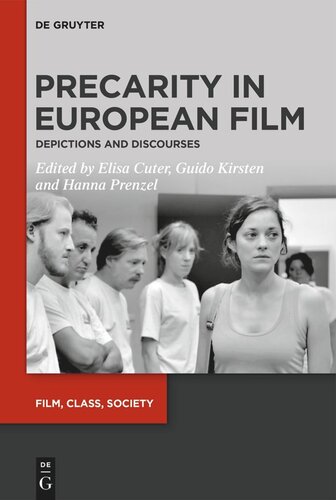

Most ebook files are in PDF format, so you can easily read them using various software such as Foxit Reader or directly on the Google Chrome browser.
Some ebook files are released by publishers in other formats such as .awz, .mobi, .epub, .fb2, etc. You may need to install specific software to read these formats on mobile/PC, such as Calibre.
Please read the tutorial at this link: https://ebookbell.com/faq
We offer FREE conversion to the popular formats you request; however, this may take some time. Therefore, right after payment, please email us, and we will try to provide the service as quickly as possible.
For some exceptional file formats or broken links (if any), please refrain from opening any disputes. Instead, email us first, and we will try to assist within a maximum of 6 hours.
EbookBell Team

4.7
96 reviewsThis volume brings together renowned scholars and early career-researchers in mapping the ways in which European cinema —whether arthouse or mainstream, fictional or documentary, working with traditional or new media— engages with phenomena of precarity, poverty, and social exclusion. It compares how the filmic traditions of different countries reflect the socioeconomic conditions associated with precarity, and illuminates similarities in the iconography of precarious lives across cultures. While some of the contributions deal with the representations of marginalized minorities, others focus on work-related precarity or the depictions of downward mobility. Among other topics, the volume looks at how films grapple with gender inequality, intersectional struggle, discriminatory housing policies, and the specific problems of precarious youth. With its comparative approach to filmic representations of European precarity, this volume makes a major contribution to scholarship on precarity and the representation of social class in contemporary visual culture.
Watch our talk with the editors Elisa Cuter, Guido Kirsten and Hanna Prenzel here: https://youtu.be/lKpD1NFAx2o